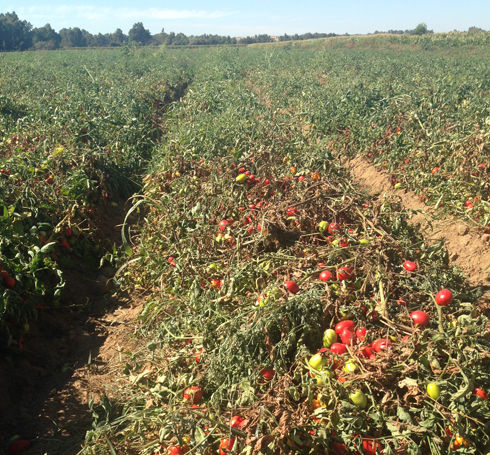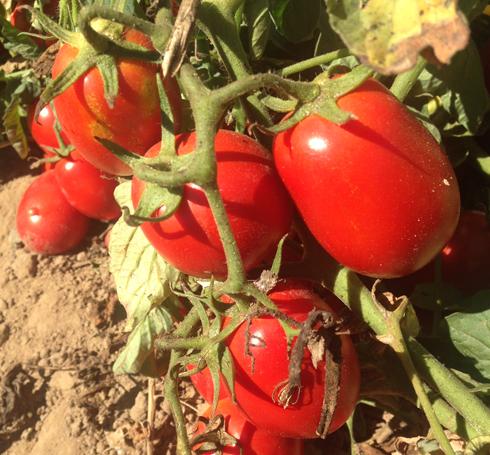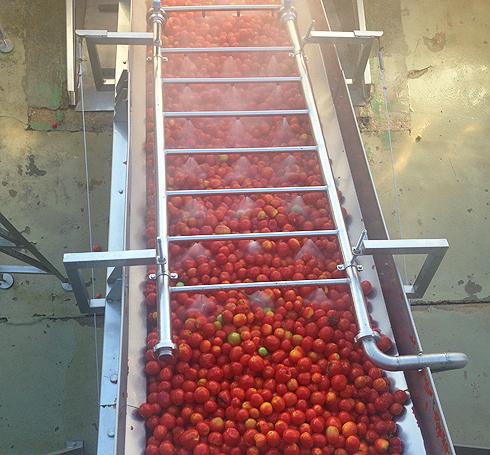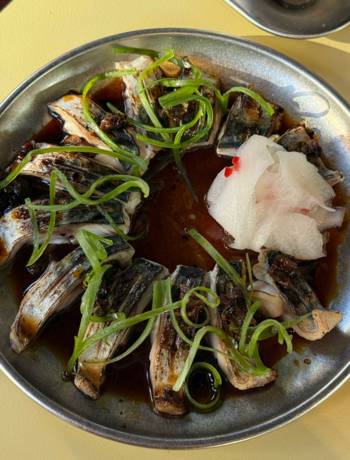Food
Farm to fork – how they make tomato purée
by Michelle Dickson
It's one of the foodie buzz phrases of the moment, but few of us know exactly what that journey entails. To find out, I took a trip to Extremadura in western Spain, and followed the humble plum tomato (and a few hundred thousand of its friends) from sustainable farm to the factory (and, ultimately) onto our forks.
Here's the 'f to f' journey in 5 steps:
1. From tiny seeds...
Grown from seed in glasshouse nurseries, the tomato plants are transplanted into open fields when the weather warms up. Sophisticated metered drip irrigation systems ensure the plants receive just the right amount of water – conservation is key, particularly as around 70 per cent of the world's surface water is using for farming.

2. Nature's best
Crops are rotated on a regular basis to maintain the quality of the soil (tomatoes one year, broccoli or corn the next), while fertilisers and pesticides are kept to a minimum to respect the environment. Meanwhile, nature's own pest controllers (ladybirds, bats, frogs and lizards) are actively encouraged by farmers.
3. Harvest time
Picking the tomato crop at just the right time is key. The huge mechanical harvesters sort the tomatoes by colour, so that only the sweet red ripe fruits are picked. Green tomatoes that are unlikely to ripen at the end of the season are left to be ploughed back into the soil.

4. Factory fresh
Once picked, the tomatoes are loaded onto huge lorries and transported the short distance to the processing factory. Washed by machine and sorted by hand, the tomatoes are then crushed and heated in huge vats, before being sieved to separate the juice from the seeds and the skin – the latter two by-products are saved and fed to livestock to prevent waste.

Tomatoes being washed
5. Home and dry...
The juice is cooked down until it reaches a concentrated paste stage, at which point it is pasteurised and packed into large bags. Some of the paste is then taken one stage further and dried to create a super concentrated tomato powder. It takes around 20kg of fruit to make 1kg of tomato purée powder.
Michelle travelled to La Pinuela farm in Spain courtesy of Knorr. Find their new Naturally Tasty range of recipe mixes in store.












